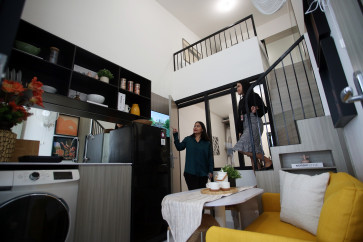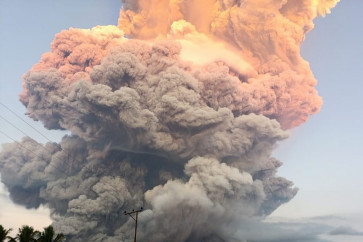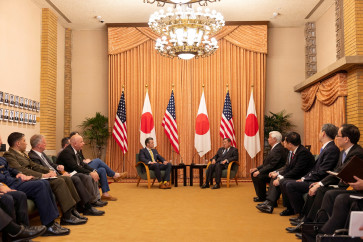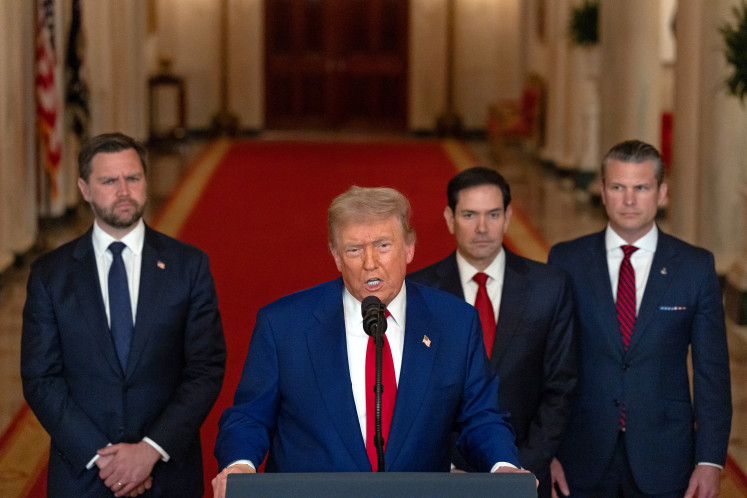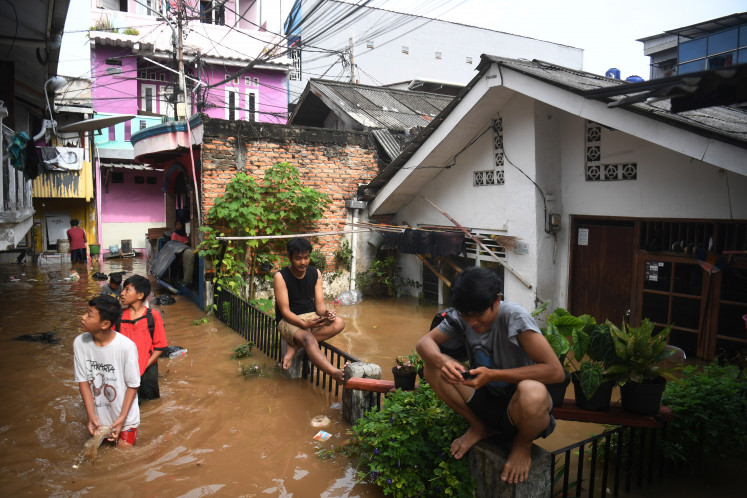Popular Reads
Top Results
Can't find what you're looking for?
View all search resultsPopular Reads
Top Results
Can't find what you're looking for?
View all search resultsExpert urges Jakarta to focus on adding more green spaces
Change text size
Gift Premium Articles
to Anyone
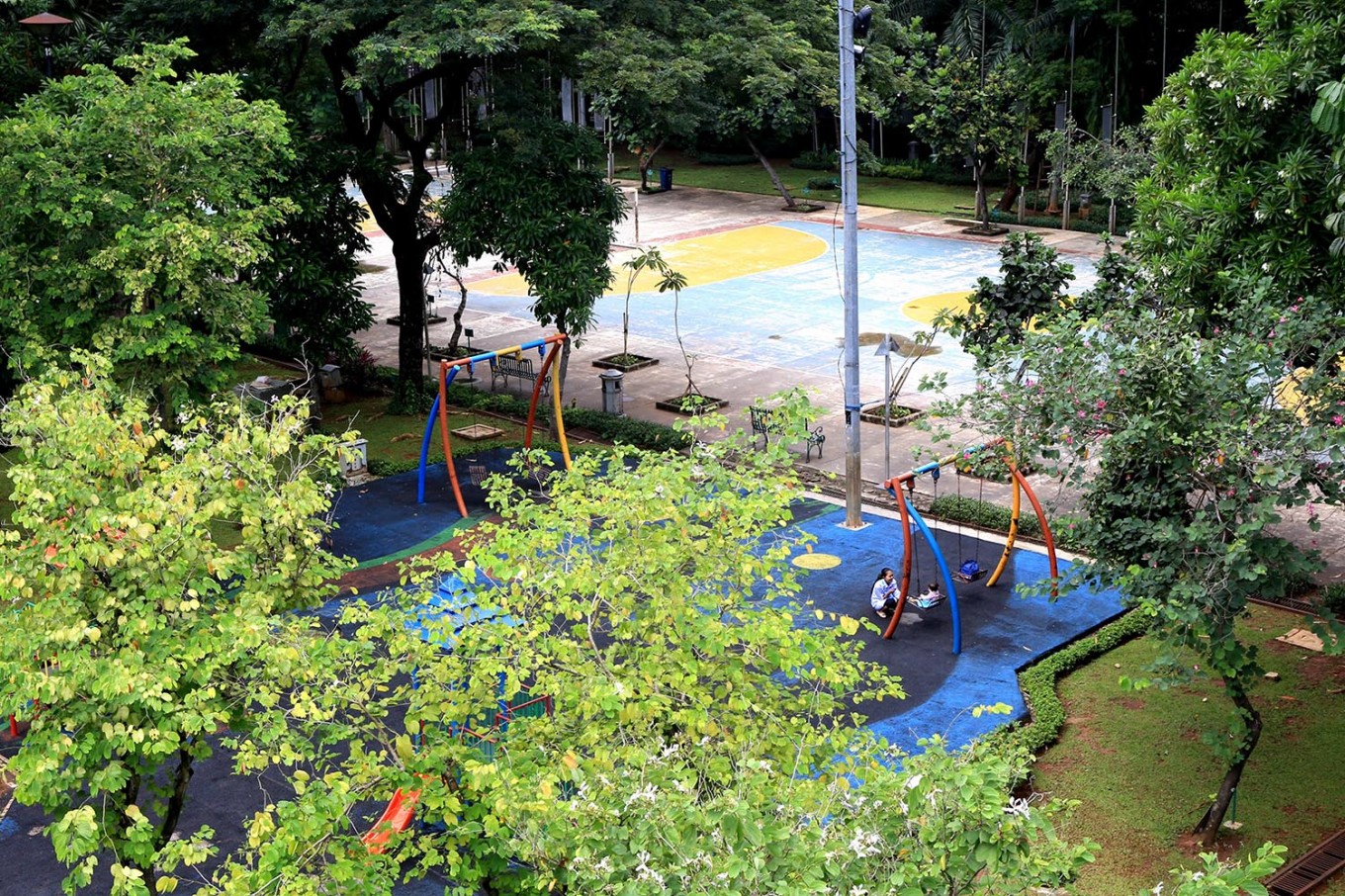 A family enjoys their time at Taman Menteng in Central Jakarta on Feb. 28. (JP/Seto Wardhana)
A family enjoys their time at Taman Menteng in Central Jakarta on Feb. 28. (JP/Seto Wardhana)
T
he Jakarta administration should create more green spaces in the city instead of more integrated child-friendly public spaces (RPTRAs) as the former plays an important role in urban ecology, an expert has said.
An urban analyst at Trisakti University, Nirwono Joga, said even though both green spaces and RPTRAs were open spaces, they had different functions.
“An RPTRA is a public place that can be used for social interaction. Meanwhile, green spaces are also public places but they have ecological functions such as to absorb water, prevent floods and eliminate pollution,” Nirwono told The Jakarta Post on Thursday.
Currently, the city only has 3,131 green spaces, amounting to 9.98 percent of total land in the city, far below the requirement of 30 percent as stipulated in the prevailing Spatial Planning Law.
The law stipulates that the city administration is in charge of providing 20 percent of land for green spaces while private sectors are responsible for 10 percent.
Meanwhile, the administration has developed 290 RPTRAs in 267 subdistricts in the city.
Nirwono said green spaces were dominated by plants, which was different from RPTRAs in that the latter can also have some facilities and buildings.
The administration could create more green spaces, among others, by restoring the green space areas on the riverbanks, reservoirs, lakes and beside railways, he added.
Previously, Jakarta Deputy Governor Sandiaga Uno said the city would create more RPTRAs next year.

